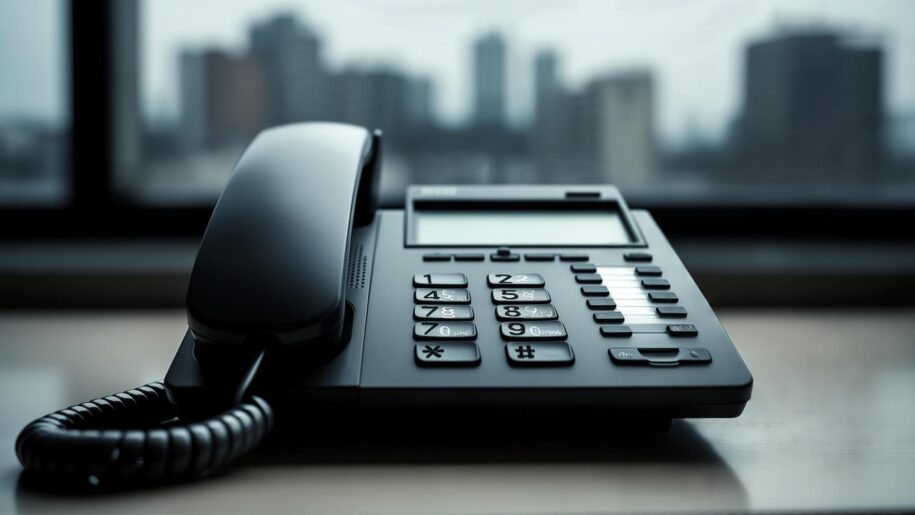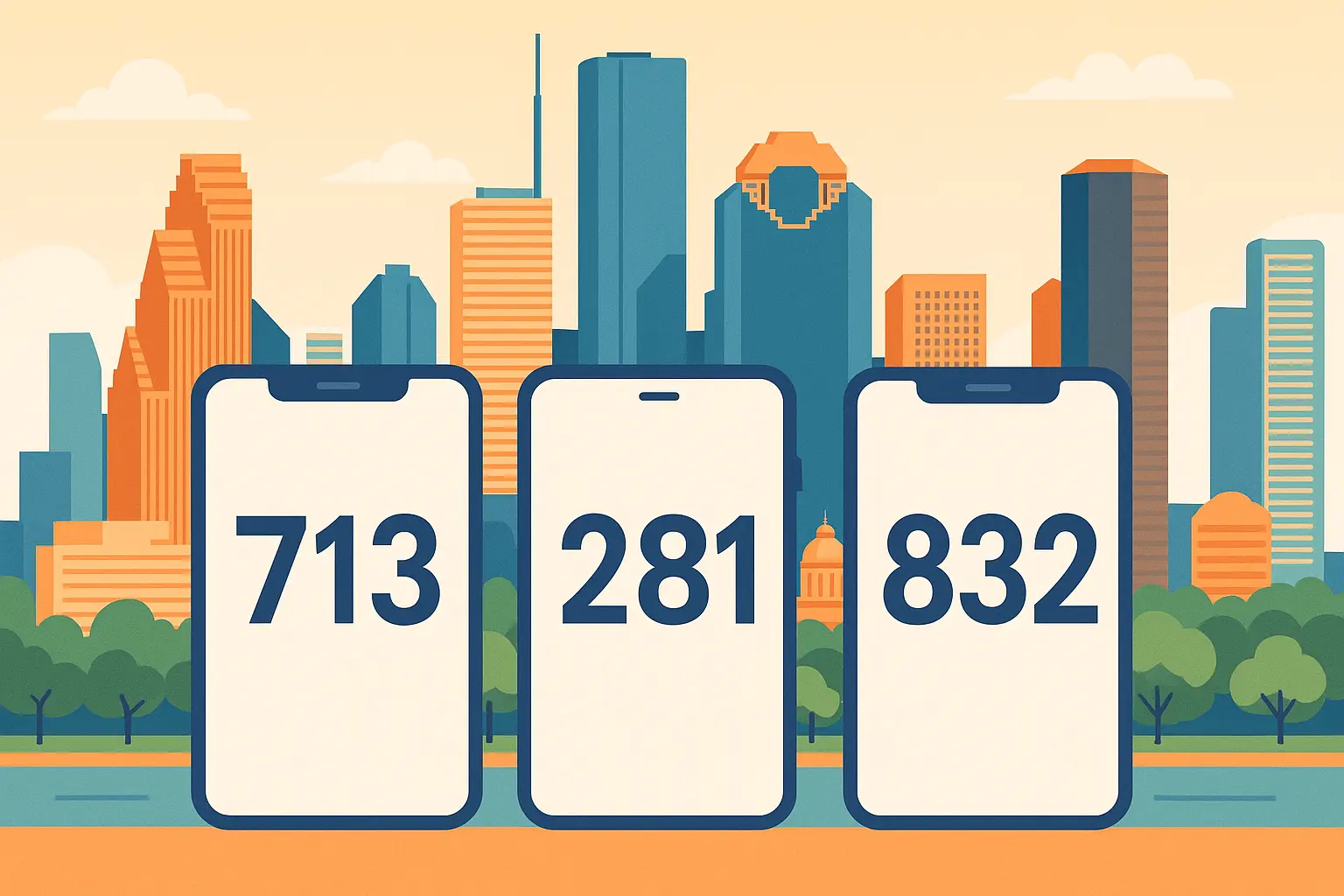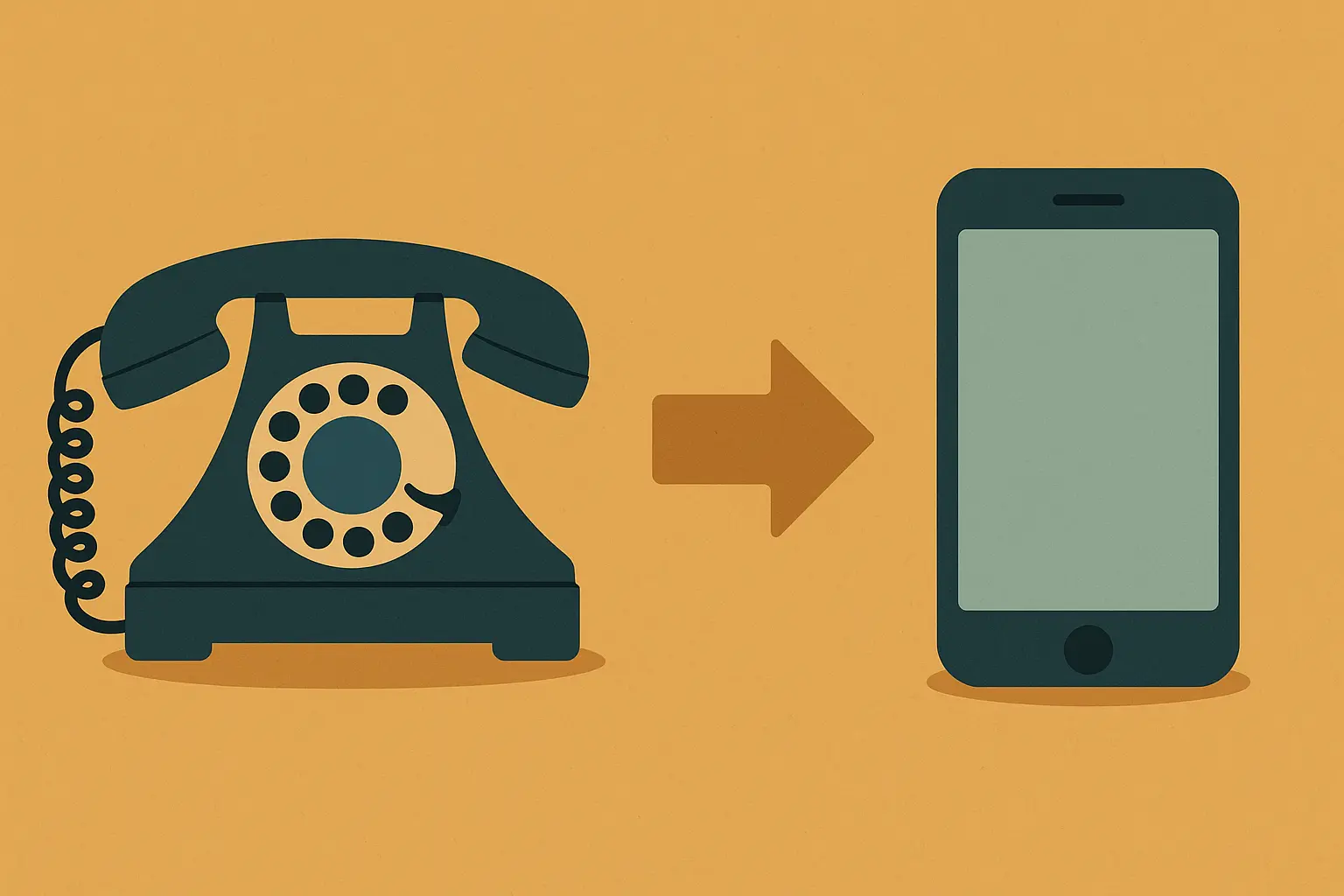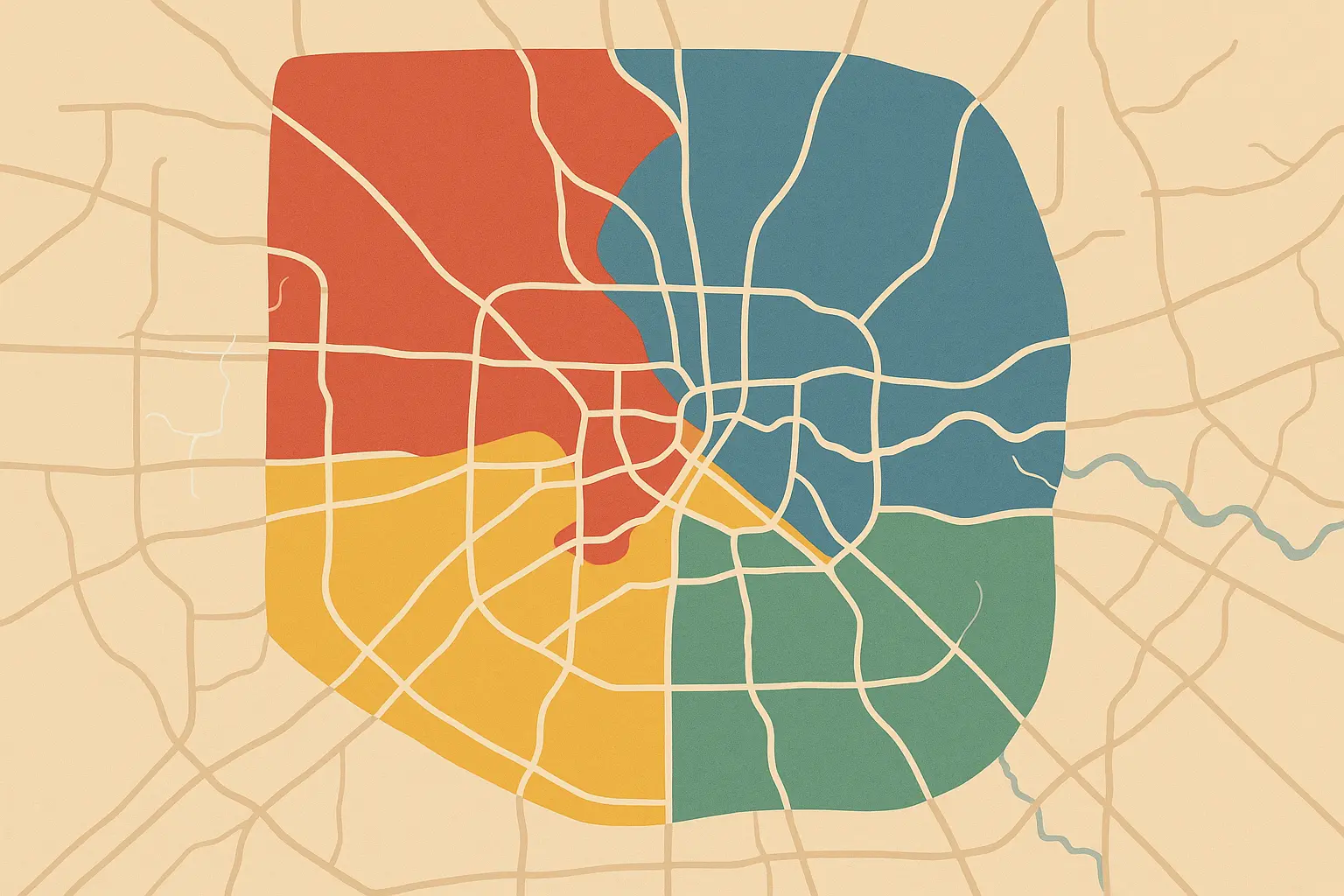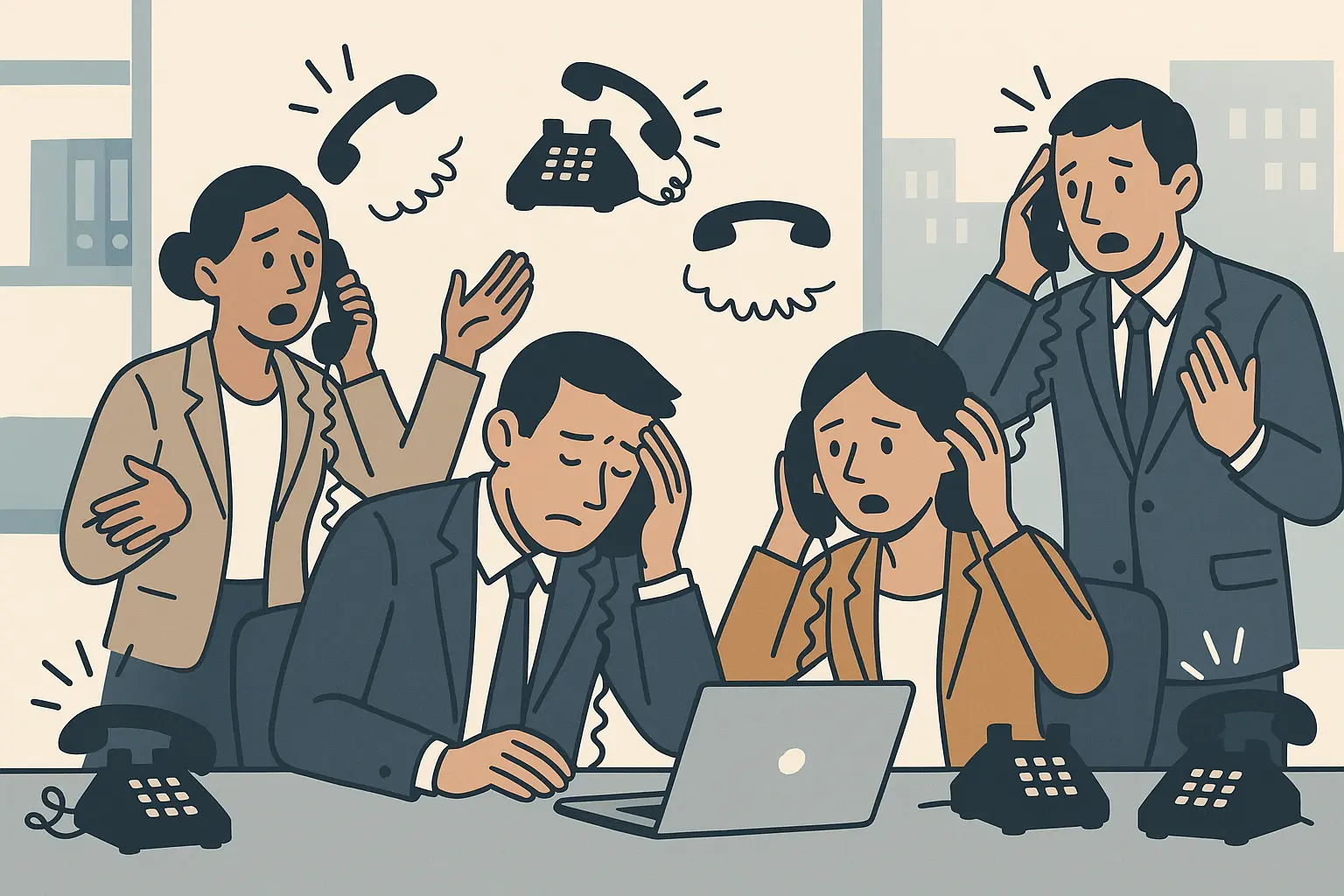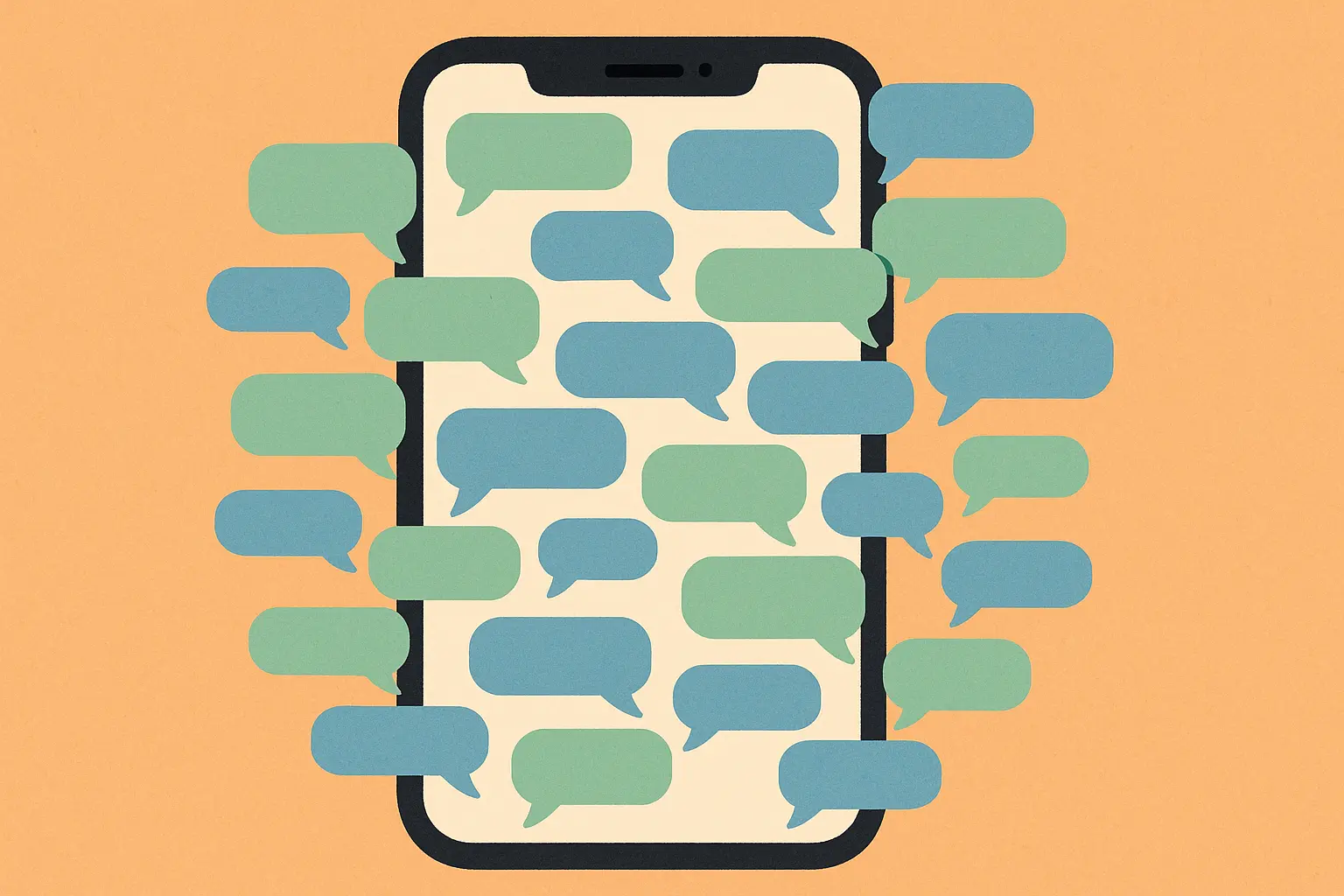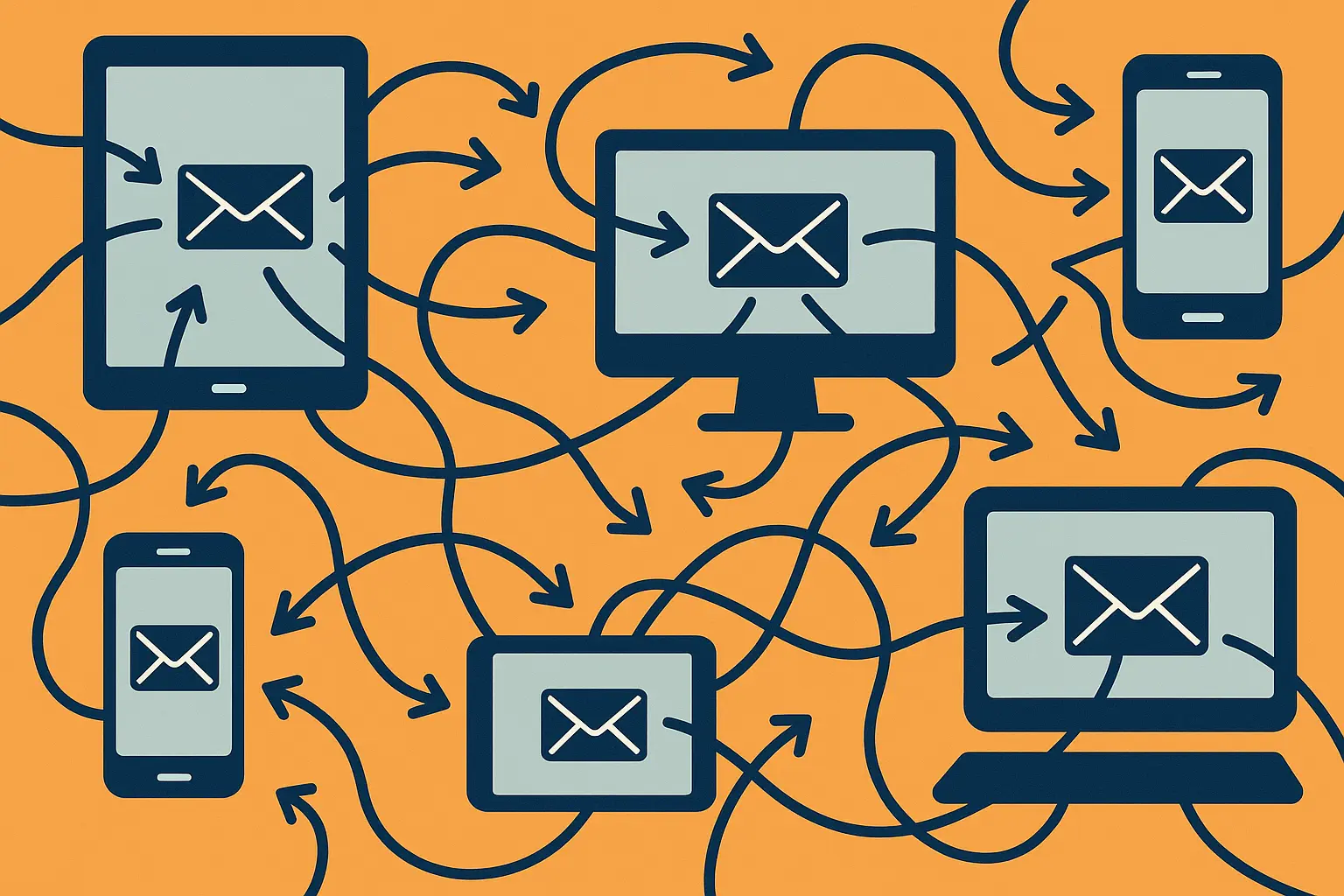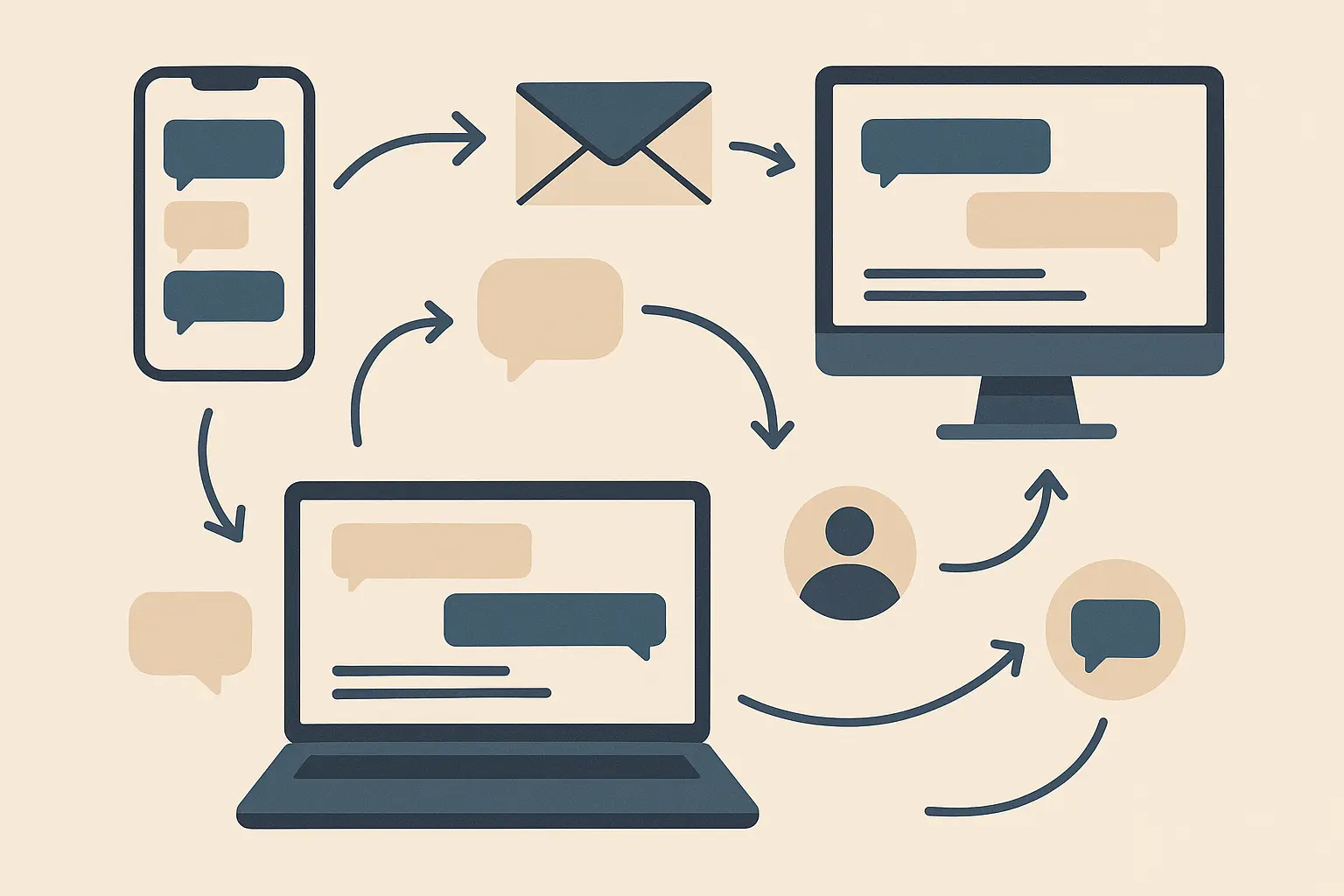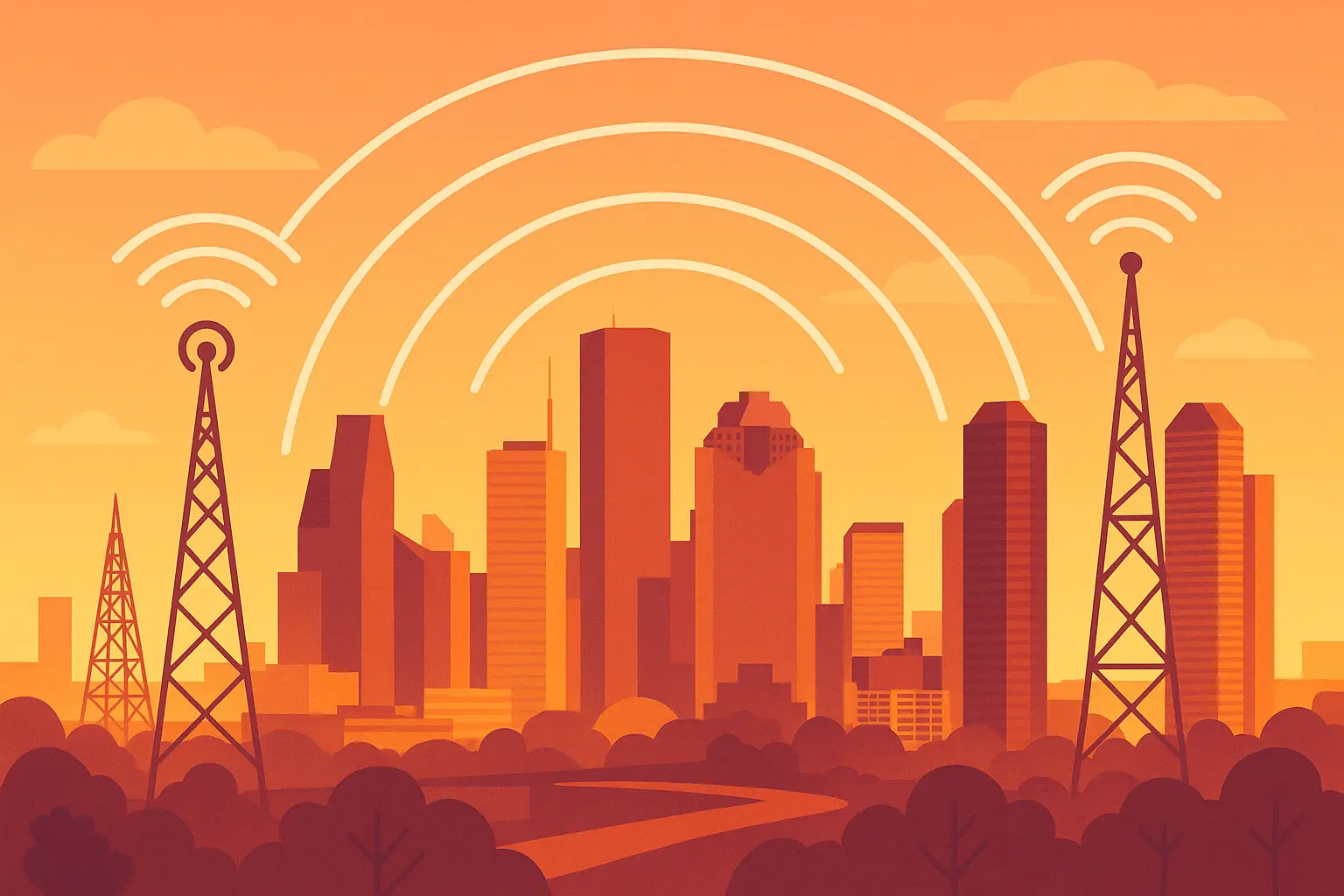Back in 1999, Houston got its third area code, and honestly? It was chaos. I watched my neighbors struggle to remember 10-digit dialing, businesses scramble to update their systems, and everyone complain about losing their precious 713 numbers. Twenty-five years later, here’s what I’ve learned about living with 832.
With a total population of 4,871,350 people served by the 832 area code according to ZipAtlas, Houston’s overlay system represents one of the most complex phone environments in the United States. What started as a simple solution to number shortages became a fascinating case study in how cities adapt to growth.
The 832 area code didn’t just appear overnight. It emerged from necessity, grew through controversy, and eventually became part of Houston’s identity. Living through this evolution taught me that embracing change beats fighting it every time.
Table of Contents
When Houston Got Its Third Phone Identity
The Texas Public Utility Commission and FCC approval process took months of public hearings and regulatory review. I remember the debates in local newspapers about whether Houston should split geographically or implement an overlay system. The decision to overlay meant everyone kept their existing numbers while new customers got numbers from any available area code.
What struck me most was how the 713 community initially resisted the change. People had emotional attachments to their 713 numbers, viewing them as badges of Houston authenticity. The 832 felt foreign, even though it covered exactly the same territory.
My elderly neighbor spent weeks accidentally calling long-distance numbers because she forgot to include the area code for local calls. Businesses scrambled to reprogram their phone systems, often discovering that older equipment couldn’t handle the new dialing requirements.
Understanding proper phone number formatting became crucial during this transition, as businesses needed to learn how to enter phone numbers in international format to ensure compatibility with updated systems and avoid dialing errors.
When my neighbor’s small restaurant had to reprogram their reservation system, they discovered their old phone system couldn’t handle 10-digit local dialing. They had to choose between a costly system upgrade or manually handling all local calls – a decision that affected hundreds of Houston businesses.
The adjustment period lasted nearly six months. I watched friends struggle with muscle memory, automatically dialing seven digits before catching themselves. 713 users felt particularly frustrated because they had to change habits they’d maintained for decades, even though their actual numbers stayed the same.
Why Houston Needed 832
Houston’s metropolitan growth in the 1990s coincided perfectly with the telecommunications revolution. Cell phones transitioned from luxury items to necessities. Businesses needed separate fax lines. Internet dial-up connections required dedicated phone numbers. The 713 area code, which had served Houston since 1947, simply couldn’t keep up with demand.
The 281 area code launched in 1996 as a geographic split, but even that relief proved temporary. By 1999, both 713 and 281 were approaching capacity again. The 832 became inevitable.
Growth continues today. “New area code 621 will join greater Houston metro starting Jan 23, 2025” ABC13 reports that Houston is expected to run out of area codes by the end of next year, demonstrating the ongoing telecommunications pressure in the region.
I witnessed this shortage firsthand when my brother tried to get a 713 number for his new business in 1998. The phone company told him 713 numbers were essentially unavailable unless someone specifically released one. He ended up with a 281 number, which he initially viewed as second-class citizenship in Houston’s phone hierarchy.
The overlay system eliminated geographic boundaries entirely. When you dial a local Houston number, the switching equipment routes your call seamlessly regardless of whether you’re calling 713, 281, or 832. New number assignments follow no geographic logic. A downtown Houston business might receive an 832 number while a suburban Katy resident gets a 713 number.
The 832 area code covers downtown Houston, all suburban communities, Harris County, and parts of surrounding counties. It shares identical boundaries with 713 and 281, creating a massive overlay zone that extends from Huntsville in the north to Galveston Bay in the south.
The most populous races in Area Code 832 are White/Caucasian (2,444,101 | 50.2%), Hispanic or Latino (1,733,830 | 35.6%), and Black/African American (807,377 | 16.6%) according to ZipAtlas, reflecting Houston’s incredible diversity across all area code regions.
Living in Houston’s Multi-Area Code Reality
713 numbers still carry emotional weight for some Houston natives. I’ve heard people brag about having “original Houston” numbers, as if 832 somehow makes them less authentic. This perception puzzles me because both area codes serve identical geographic areas with identical service quality.
A prominent Houston law firm I worked with initially hesitated to use their assigned 832 number for marketing materials, preferring their legacy 713 line. However, after tracking response rates for six months, they found no measurable difference in client inquiries between the two numbers, ultimately embracing their 832 identity.
Business clients rarely care about area codes when they need services. I’ve never lost a contract because my primary business line uses 832 instead of 713. Professional competence matters infinitely more than which three digits precede your phone number.
The 832 has gained full acceptance in Houston’s business community. Major corporations, law firms, and medical practices operate successfully with 832 numbers. Any lingering prestige concerns exist mainly in people’s minds rather than in actual business outcomes.
Business Challenges I’ve Witnessed
Even today, restaurants deal with confused customers who can’t figure out why their calls won’t go through. I’ve seen hostesses become unofficial phone tutors, explaining for the hundredth time that yes, you need all 10 digits, even for local calls.
Call routing becomes complex when businesses maintain multiple lines across different area codes. A medical practice might have 713 numbers for appointments, 281 numbers for billing, and 832 numbers for emergency services. Patients struggle to remember which number serves which purpose.
Training staff on area code nuances takes time most businesses don’t budget for. New employees need to understand that 713 and 832 calls are local, while 214 (Dallas) calls require long-distance charges. This knowledge seems basic until you’re explaining it to someone unfamiliar with Texas area codes.
Marketing departments face unique decisions about which numbers to promote prominently. Should business cards feature the 713 number for perceived prestige, or the 832 number that customers actually call most frequently? These choices affect brand consistency and customer experience.
Advertising space costs more when you must include full 10-digit numbers instead of memorable seven-digit sequences. Radio commercials that once said “Call 555-TAXI” now require “Call 713-555-TAXI” or risk losing customers who forget the area code requirement.
I’ve seen businesses spend thousands of dollars on vanity numbers to overcome memorability challenges. A Houston plumbing company paid premium rates for 832-PLUMBER because customers could remember the word association better than random digits.
The 832 forces businesses to think strategically about their telecommunications identity. Companies that embrace this challenge often develop stronger branding and clearer customer communication strategies than those that resist the change.
The SMS Management Challenge
SMS volume has exploded since the 832 launched. Businesses send appointment reminders, delivery notifications, and promotional messages. Personal contacts text instead of calling. The result? Message overload that makes important communications easy to miss.
I receive over 150 text messages daily on my 832 number. Banking alerts, restaurant confirmations, work notifications, and personal messages create a constant stream that requires active management. Without organization systems, critical messages disappear in the noise.
Many Houston professionals find themselves needing to forward text messages to email addresses to maintain better organization and ensure important business communications don’t get lost in personal message threads.
Standard SMS apps weren’t designed for professional use. They lack filtering capabilities, backup systems, and integration with business tools. When your 832 number becomes a primary business communication channel, these limitations create real productivity problems.
A Houston real estate agent I know receives over 200 SMS messages daily on her 832 number from clients, vendors, and automated systems. Before implementing an SMS forwarding solution, she spent 2-3 hours daily manually copying important messages to her CRM system, significantly impacting her productivity and client response times.
Teams need SMS messages to reach different people based on content or sender. A construction company might want safety alerts to go to supervisors while supply notifications go to procurement staff. Standard SMS systems can’t handle this routing complexity.
For teams managing multiple Houston area codes, learning how to forward text messages to Slack channels has become essential for maintaining organized communication workflows across different departments and projects.
Message backup becomes critical when SMS contains important business information. I’ve seen companies lose valuable customer communications because employees changed phones without properly transferring message histories. The 832 didn’t create this problem, but it highlighted the need for professional SMS management solutions.
What’s Coming Next for Houston Phone Numbers
According to “New 621 area code for Houston area to start on January 23” Click2Houston, the Public Utility Commission of Texas approved the new 621 area code back in 2023, and it’s expected to meet numbering needs for the next nine years, showing how quickly Houston continues to exhaust available phone numbers.
The Houston area code system will expand again because demand shows no signs of slowing. IoT devices, business lines, and population growth continue driving number consumption. The 832 helped for 25 years, but Houston’s telecommunications appetite keeps growing.
I expect the 621 implementation to proceed more smoothly than 832’s launch. Businesses understand overlay systems now. Customers accept 10-digit dialing as normal. The infrastructure exists to handle additional area codes without major disruptions.
VoIP and cloud communications allow businesses to maintain 832 numbers while operating from anywhere. A Houston consulting firm can keep their local identity while serving clients globally. Geographic boundaries matter less when voice traffic travels over internet connections.
With 66.8% of people in the labor force in Area Code 832 according to ZipAtlas, the demand for flexible communication solutions continues to grow as remote work and hybrid business models become more prevalent in the Houston metropolitan area.
Mobile number portability means 713 users can switch carriers without losing their numbers. This flexibility reduces the practical differences between Houston’s various area codes. Your number becomes truly portable across providers and technologies.
The 832 benefits from these technological advances more than older area codes. Most 832 numbers were assigned during the digital era, making them naturally compatible with modern telecommunications systems.
How I Solved My Message Management Problem
Auto Forward SMS addresses the specific pain points of managing SMS communications for 832 users. The service automatically forwards messages to email addresses or API endpoints, creates advanced filtering rules, and costs just $1.30 per month. After struggling with message overload for years, I finally found a system that works.
For those new to automated SMS management, getting started with Auto Forward SMS is straightforward and can be configured within minutes to handle the complex communication needs that come with Houston’s multi-area code environment.
The filtering capabilities impressed me most. I can route client messages to my business email while sending personal texts to my phone. Vendor notifications go to my project management system. Emergency alerts trigger immediate notifications across multiple channels.
Setup took less than ten minutes. I connected my 832 number, configured forwarding rules, and immediately started receiving organized message streams. The system handles volume spikes without delays or missed messages.
Final Thoughts
The 832 represents Houston’s incredible growth and adaptability. From my personal experience navigating this system, embracing the complexity rather than fighting it proves most effective. With proper tools and understanding, Houston’s multi-area code environment becomes a competitive advantage rather than a hindrance.
Businesses managing customer communications across Houston’s diverse area codes often benefit from understanding how to forward text messages to API endpoints for seamless integration with existing customer management systems.
A Houston plumbing company received an 832 number in 2020. Initially concerned about customer recognition, they implemented a comprehensive strategy: they added their full 10-digit number to all vehicle wraps, business cards, and Yellow Pages listings. They also set up Auto Forward SMS to ensure emergency service requests sent via text were immediately forwarded to their dispatch email system. Within six months, they found that 832 customers were actually more likely to text for non-emergency services, leading to a 30% increase in routine maintenance bookings.
Whether you’re a long-time Houston resident with a legacy 713 number or a newcomer assigned an 832 line, the fundamentals remain the same: clear communication, proper system setup, and leveraging modern solutions to manage the unique challenges this environment presents. As Houston continues to grow and add new area codes like the upcoming 621, these lessons become even more valuable.
The 832 has evolved from a necessity into an integral part of Houston’s telecommunications identity. Success in this environment requires understanding the system, preparing for its complexities, and using the right tools to turn potential obstacles into operational advantages.
